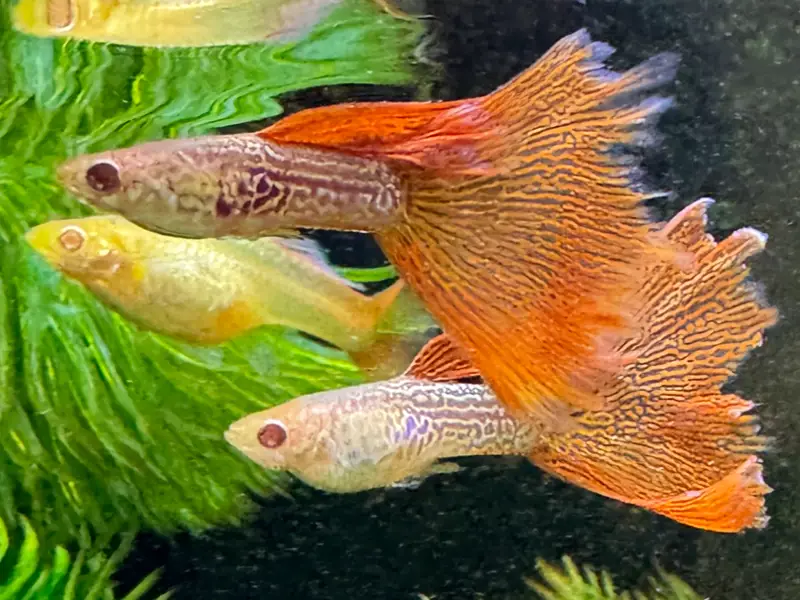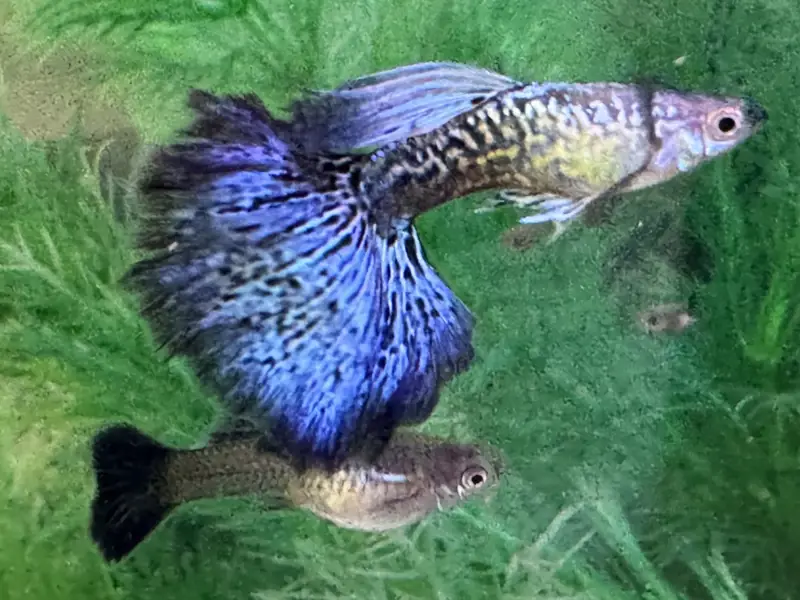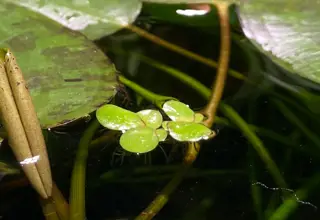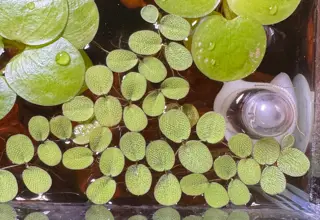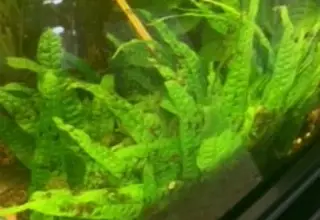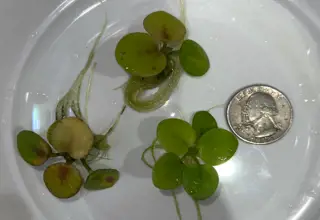How to Ship Aquarium Plants in 5 Easy Steps
Posted by Miles Harrison on 12/08/2022
We use affiliate links and may receive a small commission on purchases.
Whether you sell aquatic plants for profit or are trying to offload an abundance of fast-growing plants, you’ll be able to reach many more hobbyists if you’re willing to ship. As long as you’re not shipping invasive species throughout the country, shipping aquarium plants is a legal and straightforward way to make some extra cash.
Luckily for hobbyists, shipping aquarium plants is straightforward. In this post, we’re going to cover everything you’ll need to know to get started with shipping aquatic plants.
January's Giveaways on Light Fish
Shipping Aquarium Plants
Platforms such as Light Fish, make it easy for hobbyists to sell plants to one another, but if you’ve just received your first order, you may not be familiar with all of the steps involved with shipping aquarium plants.
You’ll always want to make sure you’re not shipping an invasive species, luckily, most popular plants like taiwan lilies and anubias frazeri are safe to ship, but it’s important to double check that you’re not violating any federal laws.
Once you’ve made sure that your plants are good to go, you can start preparing your supplies.

Purchasing Supplies
You won’t have to spend much to ship aquarium plants, as the supplies are extremely affordable.
You’ll want to purchase the following if you plan on shipping aquatic plants:
-
Shredded Newspaper For Insulation (Free)
In total, all of these supplies should only cost around $60, and you should end up having plenty of extra supplies for future shipments.
🛒 Shop Aquarium Plants Fish on Light Fish
Choosing the Right Plants to Ship
Now that you’ve purchased the correct supplies, you’ll want to select your healthiest plants. Shipping healthy plants will give them the best chance at withstanding any stress they'll encounter during shipping.
Stem plants like hygrophila salicifolia tend to lose leaves as they grow, so if you notice any unhealthy leaves, be sure to trim them off before shipping.
Bleach Dipping Plants
We always recommend bleach dipping your aquatic plants before shipment. Some hobbyists are very picky about what they put into their aquariums. Bleach dipping ensures that any unwanted pests don’t come along for the ride.
Invasive snails and algae can cause be a huge nuisance in aquariums, luckily, a bleach dip is a safe way to remove them.
How To Bleach Dip Plants
Bleaching plants is easy to do, all you need to do is follow the 1:20 ratio, which is 1 part unscented bleach for every 20 parts water.
Completely submerge the plant for no longer than 90 seconds in the mixture and then rinse the plants under tap water for at least one minute.
That’s all there is to it! If you want to further ensure you’ve killed off any algae or pest snails, you can place your plants in a separate quarantine tank for a few weeks and monitor for algae and pest snails.
Preparing for Shipment
Now that your plants are rid of any pest snails or unsightly algae, you can start preparing your plants for shipment.
You’ll want to make note of the route your plants might take to get to their destination. Look for any extreme weather that might be present along the shipping route or at the shipping destination.
If the weather is cold (below 50°F), consider adding a heating pack . If the weather is hot (80°F) you’ll want to add an a ice pack .
Now go and grab your shipping box, we like small or medium-sized boxes from USPS , as they're usually free with priority shipping. You can line the interior of the box with bubble wrap, newspaper, or insulated foam.
If you’re shipping stem plants, such as taiwan lilies, you can group the stems using plant anchors. Wrap the anchors around the base of the plant stems to create small bundles. If you're shipping rhizome-based plants, you can skip the anchors.
Dampen a piece of paper towel with water, and lay your plants on top of the dampened paper towel. Place another piece of dampened power towel on top of the plants, then insert the plants with the paper towels into a ziplock bag.
Place the ziplock bag into the shipping container with any additional insulation and a hot or cold pack if needed. Now you can seal up the box with some packaging tape and add a shipping label. You can also add live plant stickers, which will let the shipping provider know to be gentle with your shipment.
You’re all set! It’s time to ship your plants!
Selecting The Best Shipping Method
In the United States, you can ship your aquarium plants with most shipping providers. USPS, FedEx, and UPS will all ship your aquatic plants while offering different shipping options.
The nice part about shipping plants is that they can survive for up to 7 days in the mail without light, water, and nutrients. If you're shipping across the country, we recommend a 2-3 day delivery window, that way your plants will be safe if they encounter any unexpected delays.
Always ask for a tracking number from the shipment provider, this way you can track any packages and alert customers if there are any delays in shipment.
Once your package has been delivered, you've successfully shipped an aquatic plant!
Conclusion
That wraps it up for our guide on shipping aquarium plants. As you can see, shipping aquarium plants is straightforward. With the proper equipment and packaging, you can start shipping plants throughout the country in no time!
We hope you enjoyed reading this guide. If you have any questions or feedback, drop a comment below or check out our community forum where we talk about planted tanks and anything related to aquarium-keeping.
January's Giveaways on Light Fish
